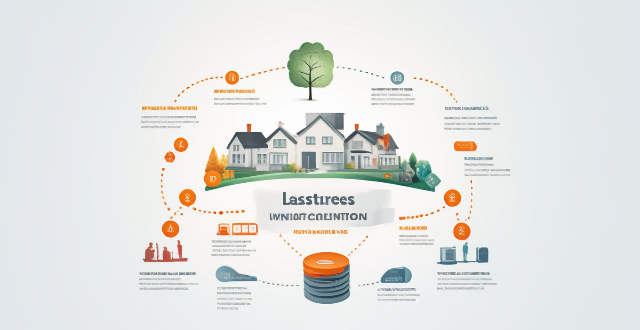This article discusses the latest wireless communication standards, including 5G, Wi-Fi 6, Bluetooth 5.2, and LoRaWAN. It highlights their key features, such as enhanced mobile broadband for 5G, OFDMA and MU-MIMO for Wi-Fi 6, LE Audio and direction finding for Bluetooth 5.2, and long range and low power consumption for LoRaWAN. The article also mentions potential use cases for each standard, such as smart cities and autonomous vehicles for 5G, home networks and public Wi-Fi hotspots for Wi-Fi 6, personal audio devices and wearable technology for Bluetooth 5.2, and smart agriculture and environmental monitoring for LoRaWAN.

Introduction
Wireless communication standards have been evolving rapidly in recent years, with new technologies being developed to meet the growing demand for faster and more reliable connectivity. In this article, we will explore the latest wireless communication standards that are currently in use or under development.
Latest Wireless Communication Standards
1. 5G
- Description: 5G is the fifth generation of mobile networks, offering significantly higher speeds, lower latency, and improved reliability compared to its predecessor, 4G.
- Key Features:
- Enhanced Mobile Broadband (eMBB): Provides faster data rates for high-definition video streaming, virtual reality, and other bandwidth-intensive applications.
- Ultra-Reliable Low-Latency Communications (URLLC): Ensures low latency and high reliability for critical applications such as autonomous vehicles, industrial automation, and remote surgery.
- Massive Machine Type Communications (mMTC): Supports a large number of connected devices, enabling the Internet of Things (IoT) ecosystem.
- Use Cases: Smart cities, autonomous vehicles, remote healthcare, and industrial automation.
2. Wi-Fi 6
- Description: Wi-Fi 6, also known as 802.11ax, is the latest wireless networking standard designed to improve performance, increase capacity, and reduce power consumption compared to its predecessor, Wi-Fi 5 (802.11ac).
- Key Features:
- OFDMA: Allows multiple users to transmit data simultaneously, improving network efficiency and reducing congestion.
- MU-MIMO: Enables the transmission of data to multiple devices at the same time, enhancing throughput and reducing latency.
- Target Wake Time (TWT): Reduces power consumption by scheduling when devices can communicate with the access point, extending battery life for IoT devices.
- Use Cases: Home networks, public Wi-Fi hotspots, and enterprise settings requiring high-density connectivity.
3. Bluetooth 5.2
- Description: Bluetooth 5.2 is the latest version of the popular wireless technology used for short-range communications between devices such as smartphones, headphones, and wearables.
- Key Features:
- Enhanced Data Rate (EDR): Offers faster data transfer rates for audio and other media types.
- LE Audio: Introduces new audio capabilities, including support for multiple simultaneous connections and improved audio quality.
- Direction Finding: Provides location services using angle of arrival and angle of departure techniques, allowing devices to determine their relative positions.
- Use Cases: Personal audio devices, smart home automation, and wearable technology.
4. LoRaWAN
- Description: LoRaWAN is a low-power wide-area network technology designed for IoT applications that require long-range connectivity but do not need high data rates.
- Key Features:
- Long Range: Achieves communication distances of up to 15 kilometers in urban areas and 45 kilometers in rural areas.
- Low Power Consumption: Operates on batteries for years without replacement due to its efficient energy usage.
- Scalability: Supports millions of devices per base station, making it suitable for large-scale deployments.
- Use Cases: Smart agriculture, environmental monitoring, asset tracking, and utility metering.
Conclusion
These are just some of the latest wireless communication standards that are shaping the way we connect and interact with our world today. As technology continues to evolve, we can expect even faster and more advanced wireless solutions in the future.